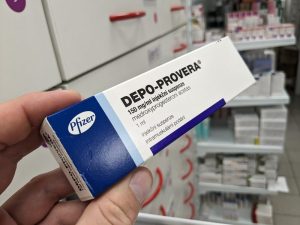This page is for women who are considering bringing a vaginal mesh lawsuit in 2025.
Vaginal mesh litigation has become one of the most significant mass torts in recent history, involving thousands of lawsuits against multiple transvaginal mesh (TVM) product manufacturers.
This article provides a history of the vaginal mesh litigation and gives you the lay of the land for bringing a vaginal mesh lawsuit in 2025. Our lawyers also discuss our average settlement amounts and jury payouts for victims with successful claims.










